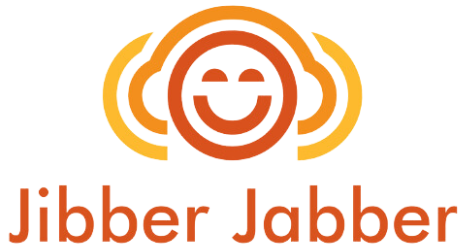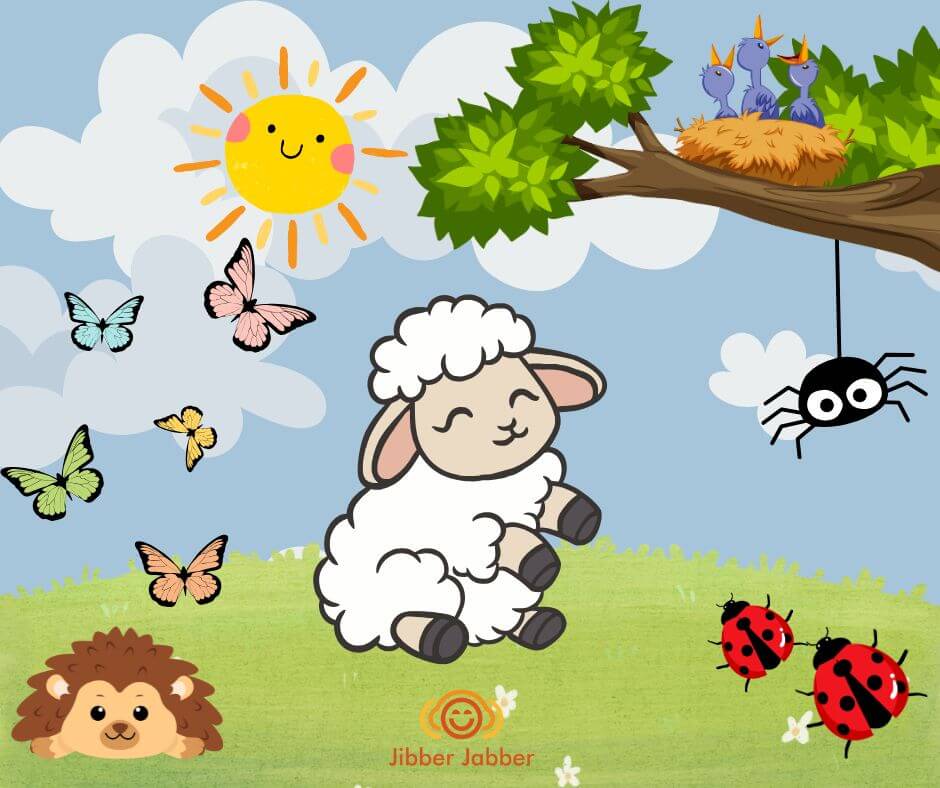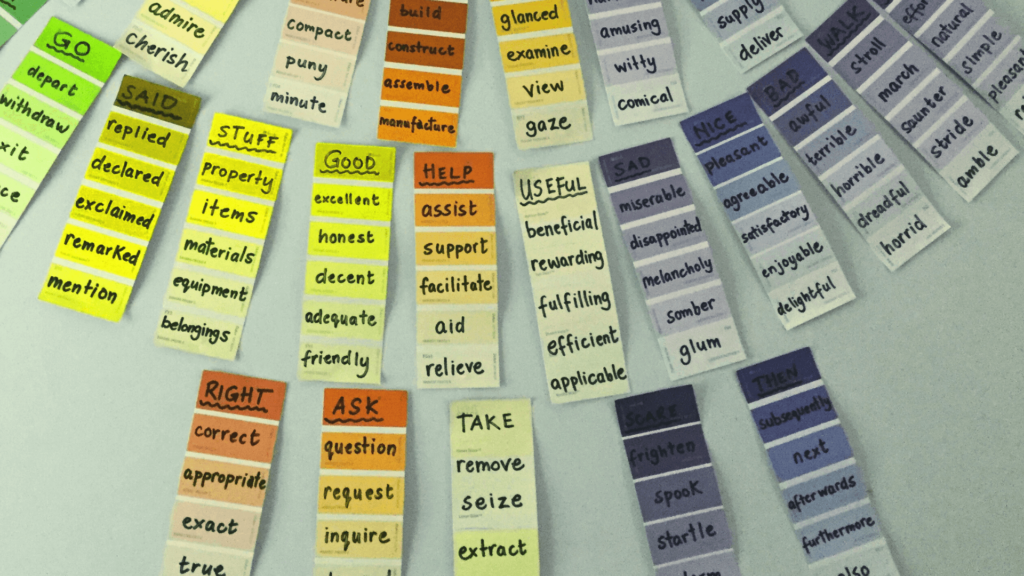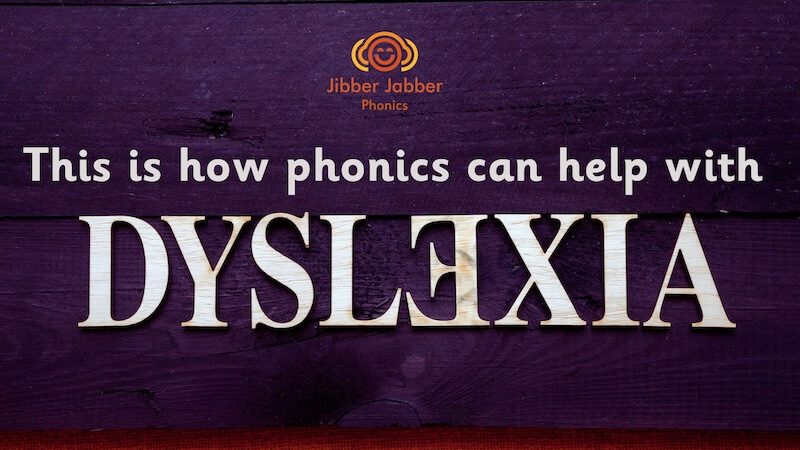Blog
Phonics Fun for Nursery & Reception
Let’s be honest—if phonics lessons are boring, we’ve already lost half the battle. Young children thrive on play, movement, songs, stories, and fun. So when it comes to teaching them…
6 Fun and Easy Phonics Activities to Boost Your Child’s Reading Skills at Home
Before we dive into the fun activities, it’s important to remember only to use the letter sounds that your child has already been taught, whether that’s in line with their…
How does phonics help with dyslexia?
Dyslexia Awareness Month is in October. It’s an annual event to raise awareness of dyslexia. I hope we can be aware of the condition throughout the year too! It is…
Unlock Reading & Writing Fluency: Strategies to Build Lasting Momentum
Fluency is the game-changer when it comes to reading and writing success. It’s what transforms hesitant readers into confident ones and turns struggling writers into expressive storytellers. But fluency doesn’t…
How to Make Phonics Fun: Engaging Activities for Your Classroom
Hey there, fellow educators! Let’s talk about making phonics fun! We all know how crucial phonics is for building strong literacy skills, but let’s be real—if it’s not engaging, students…
My Journey with Phonics: Lessons Learned from Over a Decade of Teaching
Hey there, fellow educators! I’m Vicky, and I’m thrilled to share my journey with phonics—a journey that’s spanned over a decade, taking me from classrooms in the UK to schools…

Unlock the Power of Phonics
The Essential Guide for Beginners
Discover the basics of phonics and why it’s the key to confident, independent readers. These videos will simplify phonics for teachers and homeschooling parents, giving you the tools to start teaching with success!







